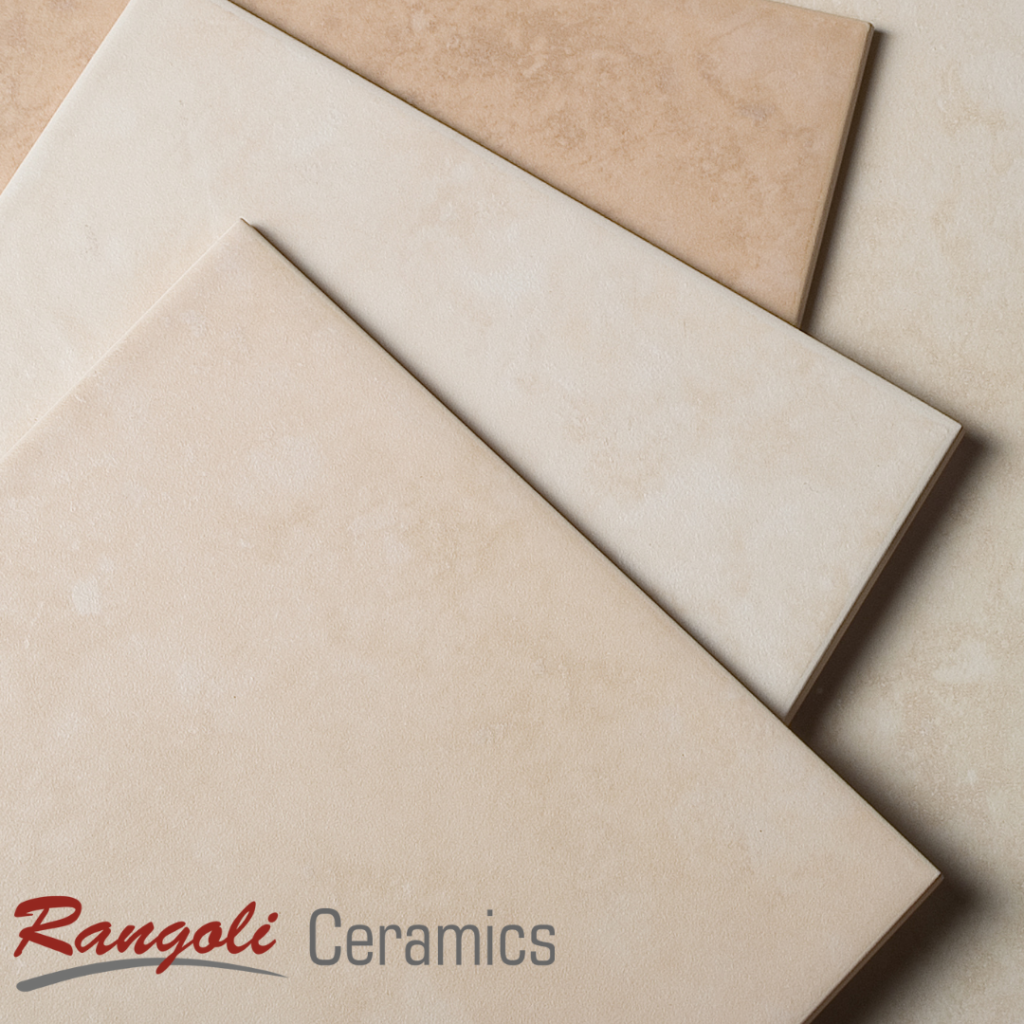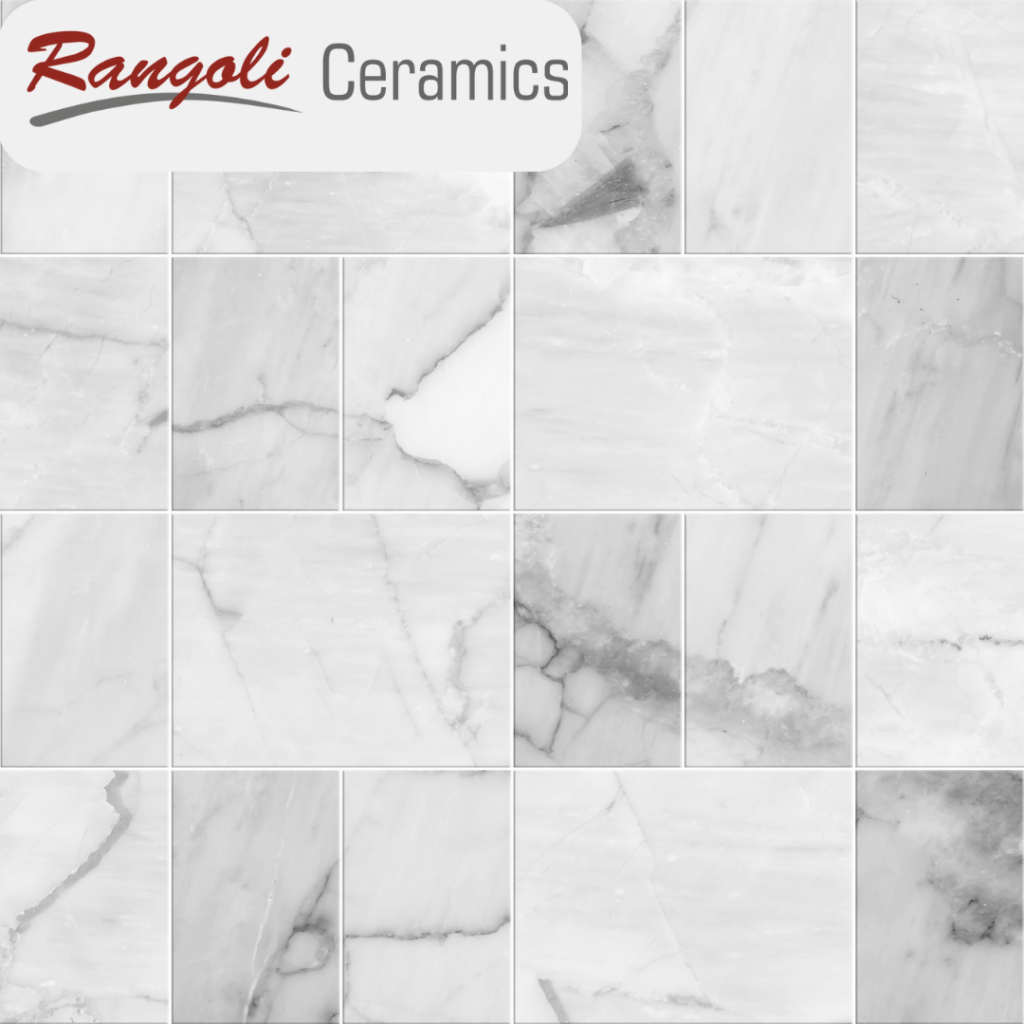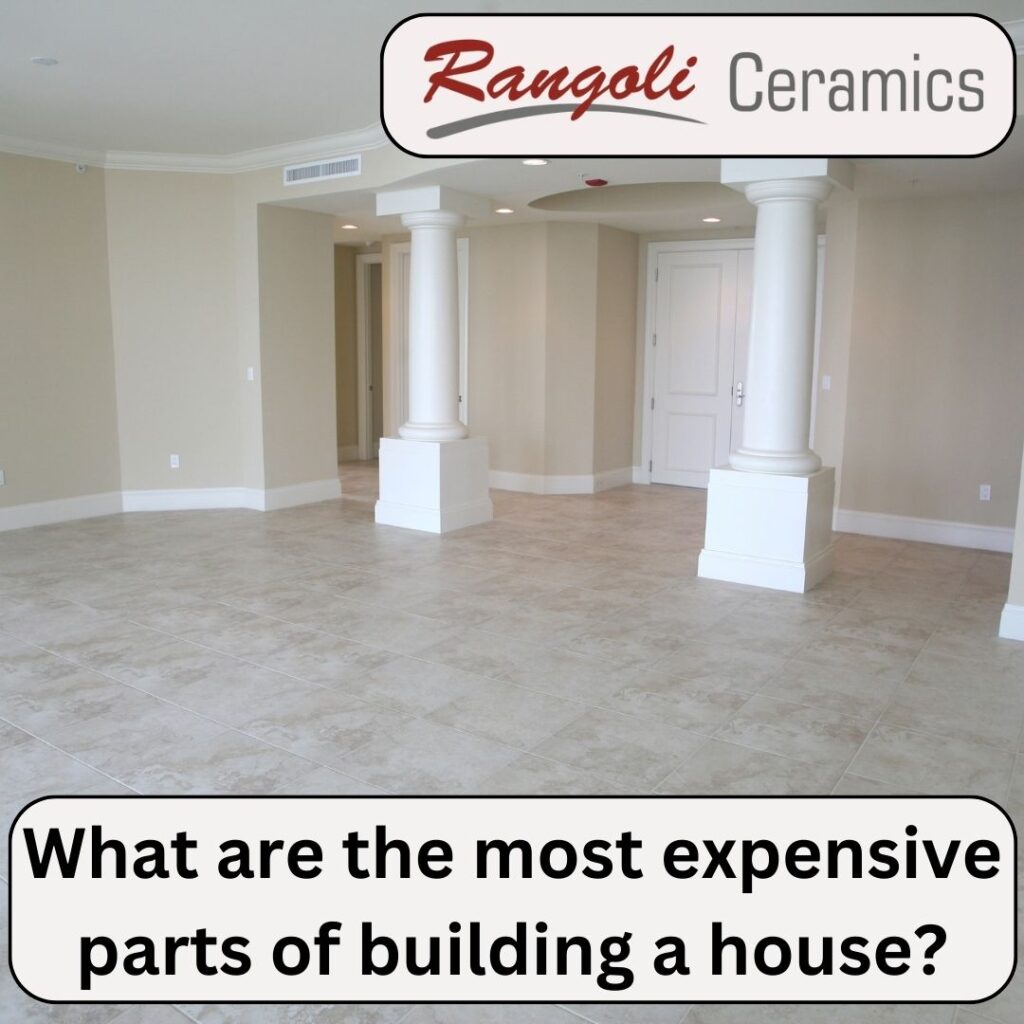In this article we are going to discuss about What are the most expensive parts of building a House? Building a house is a monumental endeavor that requires careful planning, meticulous attention to detail, and financial resources. Aspiring homeowners often find themselves faced with a common challenge: comprehending and managing the costs associated with building a house. To embark on this journey equipped with knowledge, it’s imperative to identify and understand the most expensive components of the construction process.
What are the most expensive parts of building a House?
In this comprehensive exploration, we will delve deep into the various factors that contribute to the high costs of building a house, offering you valuable insights to navigate the intricate landscape of construction expenses.
Foundations of Cost
Before diving into the specifics, it’s important to acknowledge that the cost of building a house is influenced by a multitude of factors. These encompass the size and design of the house, the geographical location, labor rates, and the quality of materials chosen. As a result, while certain elements might universally carry higher costs, the extent of their impact can vary significantly based on the unique circumstances of each project.
1. Land Acquisition
The foundation of any construction project lies within the land itself. The cost of acquiring the land is a fundamental expense that sets the tone for the rest of the project. The price of land varies extensively based on factors such as location, proximity to urban centers, accessibility, and available amenities. In prime urban or sought-after suburban areas, the cost of land might constitute a substantial portion of the overall expenses.
2. Construction Materials
Materials comprise a significant chunk of construction costs and directly influence the quality and aesthetics of the final structure. The choice of materials ranges from basic to high-end, impacting both the visual appeal and structural integrity of the house. Premium materials such as hardwood flooring, granite countertops, and custom-designed fixtures can substantially drive up expenses. While these materials often offer superior quality and aesthetics, they also come with a premium price tag.
To know more about ceramic tiles price you can checkout this. As well as to buy tiles you can visit the tiles shop in Bikaner i.e Rangoli Ceramics.
3. Labor Costs
The skilled workforce required for building a house contributes significantly to the budget. Skilled labor, ranging from architects and engineers to contractors and tradespeople, commands varying rates based on their expertise and geographical location. The complexity of the design and the level of customization desired can also impact labor costs. Highly intricate designs or specialized customizations may necessitate the expertise of craftsmen, resulting in higher labor expenses.
4. Foundation and Structural Work
The foundation and structural elements of a house are critical to its stability and longevity. These components include excavation, concrete pouring, and the framing of the structure. The cost of these foundational aspects can vary depending on factors such as the size and complexity of the design, soil conditions, and local building codes. Ensuring a solid foundation is essential, as cutting corners in this area can lead to long-term structural issues.

5. Plumbing and Electrical Systems
Plumbing and electrical systems are the lifelines of a functional and modern home. The complexity of these systems, as well as the quality of fixtures and wiring chosen, can significantly impact costs. The integration of energy-efficient features, advanced technology, and high-quality plumbing fixtures can contribute to higher expenses in this category.
Read Also: Why do floor tiles pop up?
6. Roofing and Exterior Finishes
Roofing materials and exterior finishes play a crucial role in the aesthetics, durability, and energy efficiency of the house. Premium roofing materials such as slate or metal can be costly but offer long-term benefits in terms of aesthetics and longevity. Similarly, exterior finishes like stucco, stone, or high-quality siding contribute to the overall curb appeal of the house and can drive up costs.
7. Windows and Doors
Windows and doors are not merely functional components; they also contribute to the overall appearance, insulation, and energy efficiency of the house. The choice of high-quality, energy-efficient windows and custom-designed doors can be more expensive, but they offer benefits in terms of insulation, noise reduction, and aesthetics.
8. Interior Finishes and Customizations
Interior finishes encompass a wide range of elements, from flooring and cabinetry to paint and fixtures. Custom-designed elements, intricate detailing, and high-end finishes contribute to elevated expenses. While these features can enhance the overall look and feel of the house, they also come with a corresponding cost.
9. Permits and Regulatory Expenses
Obtaining necessary permits and adhering to local building codes and regulations is an essential part of any construction project. The fees associated with permits, inspections, and compliance can add up significantly. Failing to adhere to regulations can result in fines or even project delays, making this an important aspect to consider in the budget.
Read Also: Why do ceramic tiles crack?
10. Unforeseen Costs and Contingencies
Even the most meticulously planned projects can encounter unforeseen challenges or unexpected costs. It’s wise to allocate a portion of the budget as a contingency fund to account for these potential surprises. This can provide a safety net and prevent budget overruns when unexpected issues arise.
11. Architectural and Design Fees
Engaging the services of architects, engineers, and design professionals is crucial for creating a functional and aesthetically pleasing house. These professionals play a pivotal role in translating your vision into a tangible design. Their expertise and guidance ensure that the house is not only structurally sound but also aligns with your lifestyle and preferences. However, these services come with their associated fees, which can contribute to the overall expenses.
12. Landscaping and Outdoor Spaces
Creating a harmonious outdoor space that complements the house involves landscaping, hardscaping, and the installation of amenities such as patios, decks, and outdoor kitchens. While these elements enhance the overall appeal and usability of the property, they also entail costs. The complexity of the landscaping design, the choice of materials, and the inclusion of features such as irrigation systems or outdoor lighting can impact the budget.

13. Architectural Complexity and Custom Features
The architectural complexity and level of customization desired for the house can significantly impact costs. Unique features, unconventional layouts, and intricate designs require specialized craftsmanship and additional time, contributing to higher expenses. While these features can create a one-of-a-kind living space, they often come with an elevated price tag.
14. Energy-Efficient and Sustainable Upgrades
Investing in energy-efficient and sustainable features can lead to long-term cost savings in terms of utility bills and maintenance. However, these upgrades often involve upfront expenses. Energy-efficient windows, solar panels, advanced insulation, and other eco-friendly features can increase the initial construction costs while providing long-term benefits.
Read Also: Which is the best tiles for flooring?
Conclusion
Building a house is a multi-dimensional endeavor that involves a comprehensive understanding of its various components and their associated costs. By identifying and comprehending the most expensive parts of the construction process, you can make informed decisions, plan your budget effectively, and embark on the journey of building your dream home with confidence.
While the costs of building a house can be substantial, it’s important to approach the process with a realistic understanding of your financial capabilities and priorities. Balancing your desires for quality, aesthetics, and functionality within your budget is a delicate task that requires careful consideration. Whether you opt for premium materials, embrace energy-efficient features, or prioritize specific design elements, the ultimate goal is to create a living space that aligns with your vision and provides comfort, joy, and fulfillment for years to come. So Now I hope you have understood about the most expensive parts of building a House?

